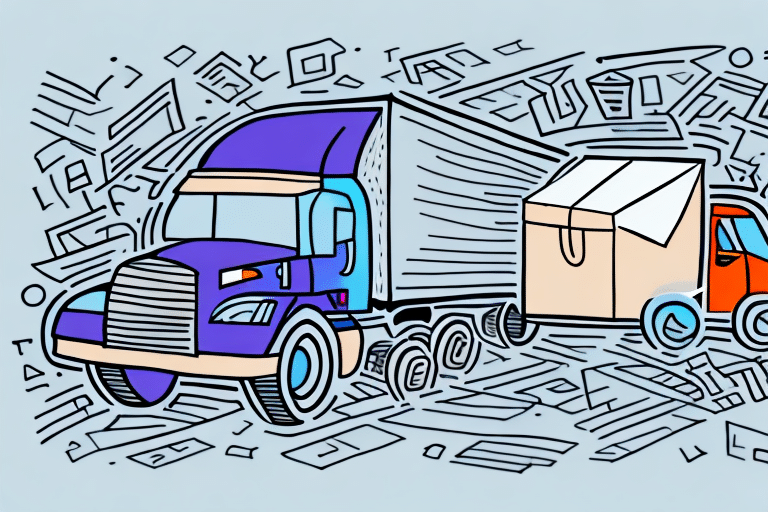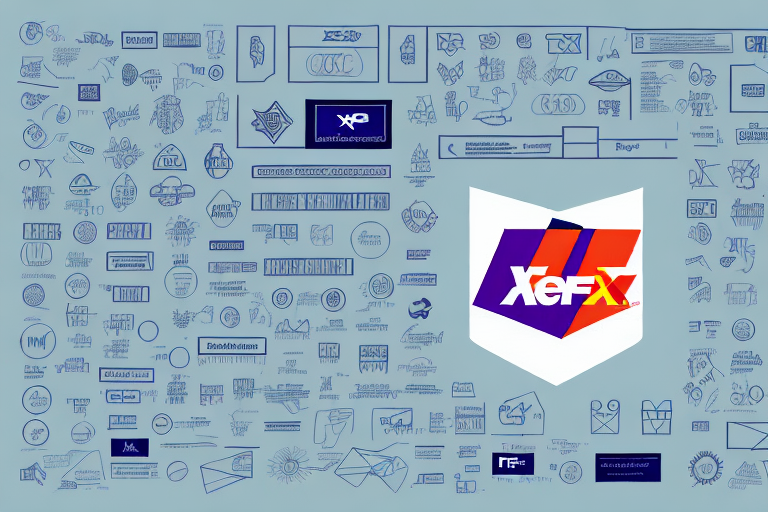Understanding FedEx Shipment Exceptions
Shipment exceptions with FedEx occur when there is a problem with the delivery of your package, leading to delays or other issues. Common reasons for these exceptions include incorrect addresses, customs-related challenges, adverse weather conditions, and more. Understanding these exceptions is crucial as they can significantly impact the delivery timeline and overall customer satisfaction.
Common Causes of Shipment Exceptions
- Incorrect Address: An incomplete, inaccurate, or outdated address can prevent successful delivery. Always double-check the recipient's address before shipping to avoid delays.
- Customs Issues: International shipments may face customs clearance problems due to missing documentation or prohibited items.
- Weather Conditions: Severe weather can disrupt transportation networks, causing delays in shipment delivery.
- Improper Packaging: Packages that are not securely or properly packed may be rejected or cause damage during transit.
- Carrier Limitations: Each carrier has specific restrictions regarding package size, weight, and handling requirements.
Preventing Shipment Exceptions
Proactive measures can significantly reduce the likelihood of encountering shipment exceptions. Implementing best practices in your shipping process ensures smoother deliveries and enhances customer satisfaction.
Accurate Shipping Information
Ensure that all shipping details are precise and up-to-date. This includes verifying the recipient's address, contact information, and any special delivery instructions.
Proper Packaging
Use appropriate packaging materials to protect your items during transit. Refer to FedEx International Shipping Guidelines for detailed packaging requirements.
Complete Documentation
For international shipments, complete and accurate documentation is essential. This includes customs forms, invoices, and any necessary certifications. Refer to official sources like the U.S. Customs and Border Protection for guidance.
Tracking Your FedEx Shipments
Effective tracking is vital to identify and address shipment exceptions promptly. FedEx offers robust tracking tools that provide real-time updates on your package's status.
Using FedEx Tracking Tools
- FedEx Website: Access detailed tracking information by entering your tracking number on the FedEx Tracking Page.
- Mobile App: Download the FedEx Mobile App for on-the-go tracking and notifications.
- Notifications: Sign up for email or text alerts to receive updates about your shipment’s progress and any exceptions.
Identifying Exceptions Early
Early detection of shipment exceptions allows you to take swift corrective actions. Monitor your shipment's status regularly and contact FedEx customer service if you notice any irregularities.
Resolving Shipment Exceptions with FedEx
When a shipment exception occurs, it’s essential to address it efficiently to minimize disruptions. FedEx provides various resources to help you resolve these issues.
Contacting FedEx Customer Service
If you encounter a shipment exception, reach out to FedEx Customer Service immediately. Have your tracking number and shipment details ready to facilitate a quicker resolution.
Providing Necessary Documentation
Sometimes, resolving an exception requires additional paperwork or certifications. Ensure that you submit all requested documents promptly to avoid further delays.
Alternative Solutions
If a shipment cannot be delivered as planned, consider alternative transportation methods or rerouting options offered by FedEx to ensure timely delivery.
Managing Client Expectations
Effective communication with your clients is crucial when dealing with shipment exceptions. Transparent updates and clear explanations help maintain trust and satisfaction.
Transparent Communication
Inform your clients promptly about any delays or issues with their shipments. Provide regular updates on the resolution process and expected delivery timelines.
Setting Realistic Expectations
Set realistic delivery expectations from the outset. Factor in potential delays due to unforeseen circumstances to avoid disappointing your clients.
Best Practices for Future Shipments
Implementing best practices in your shipping process can help prevent future shipment exceptions and enhance overall efficiency.
Develop a Shipping Manual
Create a comprehensive shipping manual outlining all procedures, documentation requirements, and best practices. This ensures consistency and reduces the likelihood of errors.
Employee Training
Train your employees on proper shipping protocols, including accurate information entry, packaging standards, and documentation processes.
Regularly Review Shipping Processes
Periodically assess your shipping procedures to identify and address any areas for improvement. Stay updated with FedEx's latest policies and industry standards.
The Role of Proper Documentation
Accurate and complete documentation is a cornerstone in avoiding and resolving shipment exceptions. It facilitates smooth customs clearance and ensures that FedEx has all the necessary information to deliver your package.
Essential Shipping Documents
- Bill of Lading: Serves as a contract between the sender and the carrier.
- Commercial Invoice: Required for international shipments, detailing the contents and value of the package.
- Customs Declarations: Necessary for crossing borders, ensuring compliance with local regulations.
Maintaining Documentation Accuracy
Double-check all documents for accuracy before shipping. Even minor errors can lead to significant delays and complications.
Conclusion
Dealing with shipment exceptions with FedEx requires a combination of proactive measures, effective tracking, and clear communication. By understanding the common causes of exceptions, implementing best practices, and utilizing FedEx’s resources, you can minimize disruptions and ensure timely deliveries. Proper documentation and managing client expectations further enhance your shipping efficiency and customer satisfaction.






















